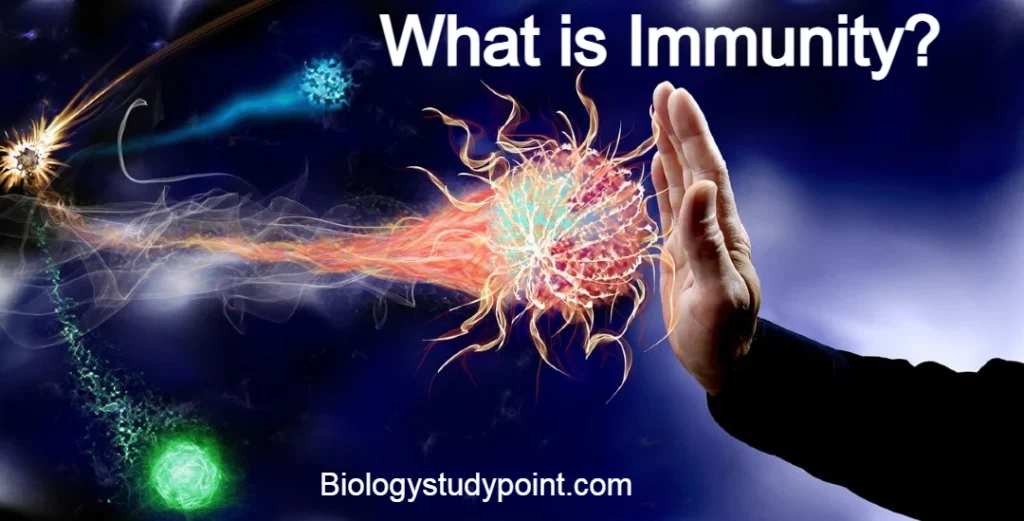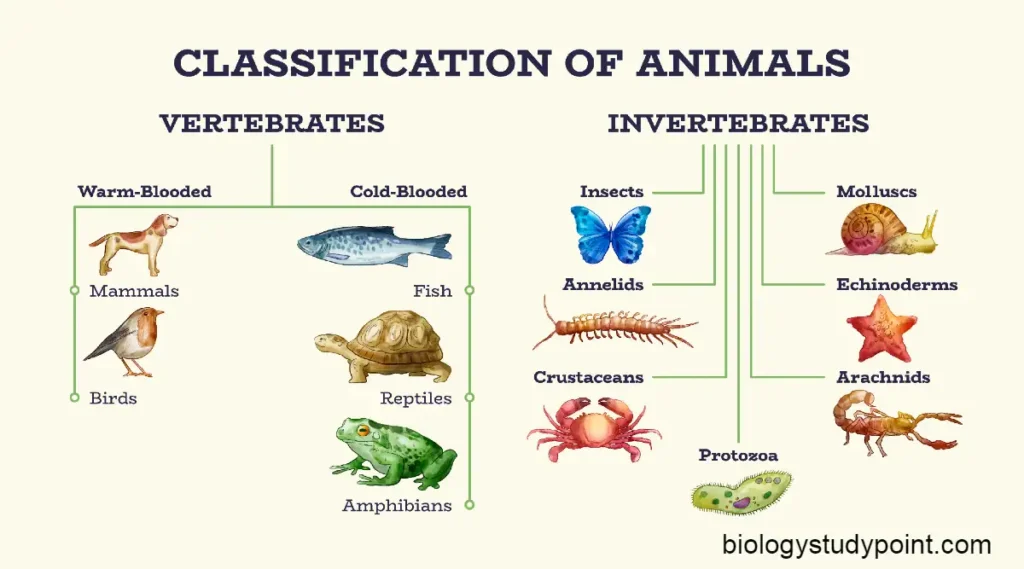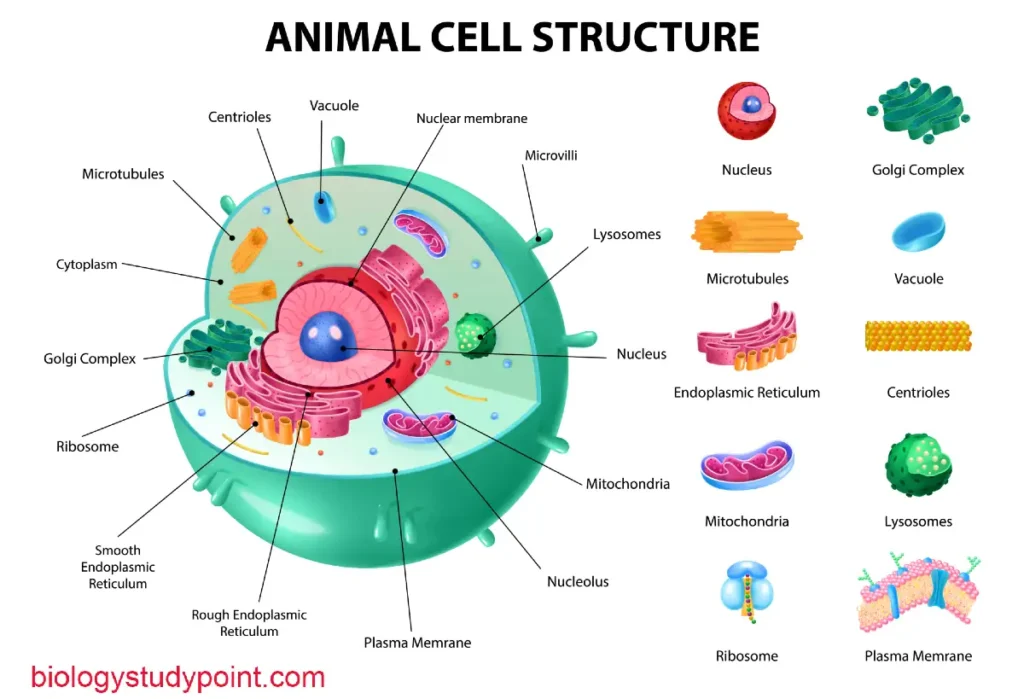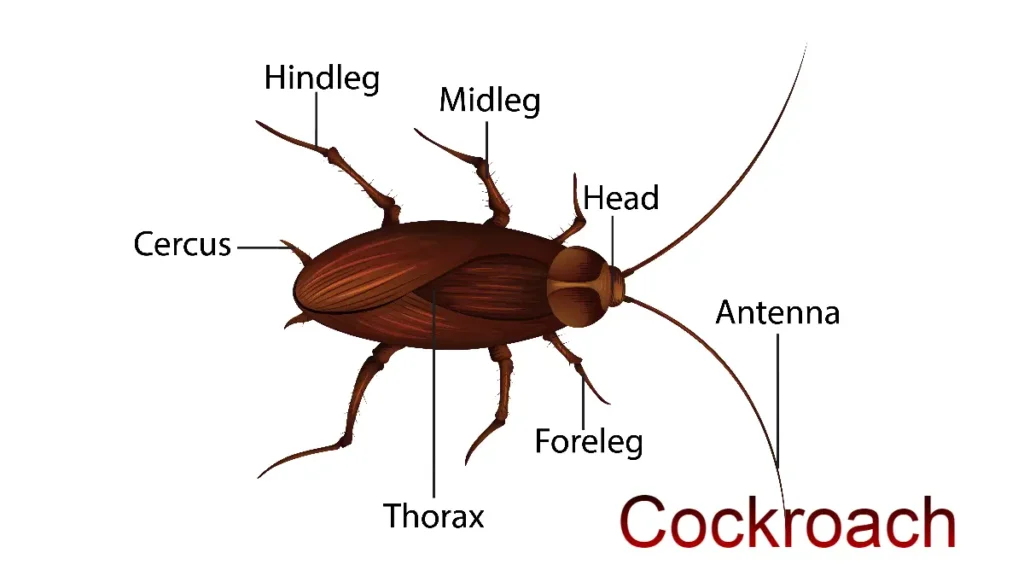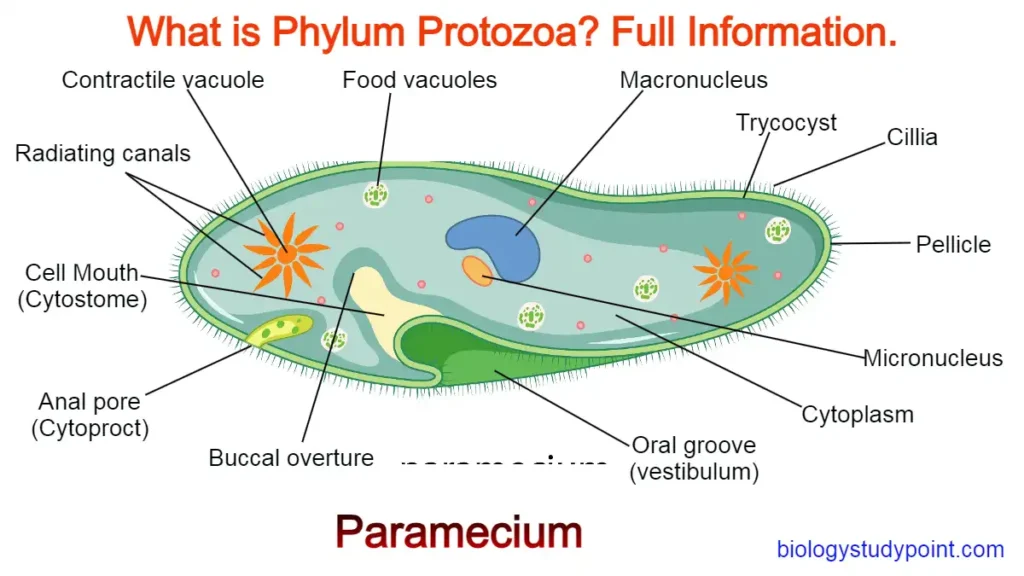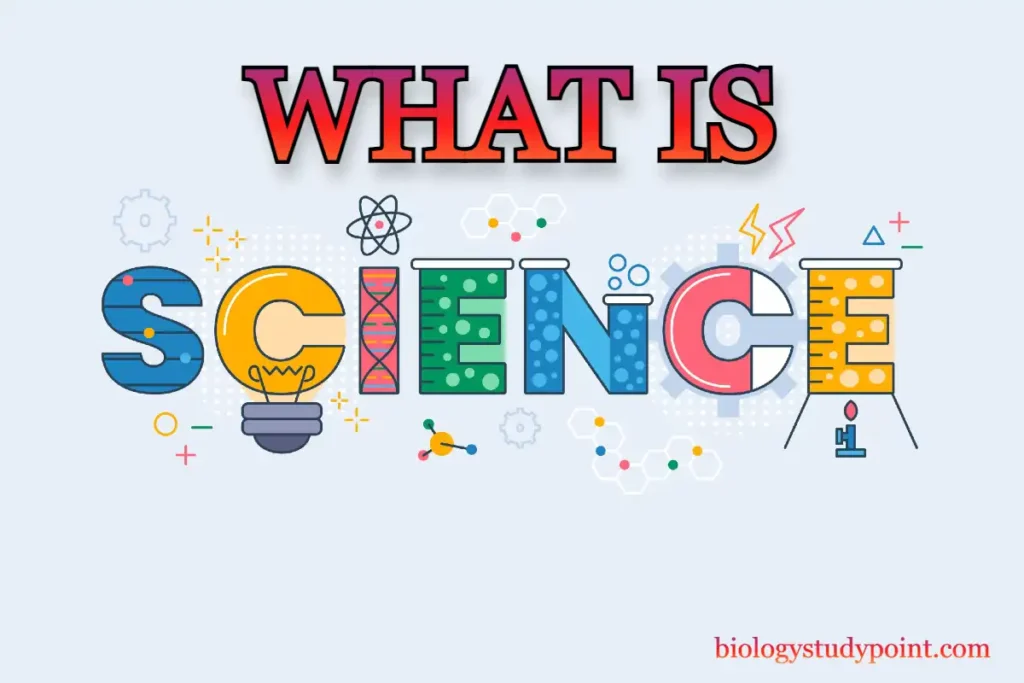Friends, do you want to understand immunity? If so, this article is for you. We will delve into its definition, types, formation, and examples. So, let’s begin without further delay.
What is immunity?
First, let’s define immunity. The term implies resistance to something. Specifically, it refers to the body’s ability to counteract microorganisms that enter from outside, known as antigens. To combat these antigens, the body employs a protective mechanism called the immune system, and this process is known as immunity.
In simpler terms, immunity is how the body fights and eliminates foreign microorganisms that invade it, or how the body combats germs.
Who creates immunity in our bodies?
Three types of cells are present in our blood: Red Blood Cells (RBCs), White Blood Cells (WBCs), and platelets. While RBCs and platelets don’t fight, WBCs, also known as White Blood Cells, are responsible for this task.
Blood cells, including RBCs, WBCs, and platelets, are produced in the bone marrow. Within the bone marrow, a type of cell known as a Pluripotent Stem Cell exists.
What are stem cells?
They are cells that can transform into other types of cells or are undifferentiated cells that can change into specialized cells.
Now, let’s differentiate between pluripotent stem cells. These cells divide into two main types:
- Myeloid Stem Cell
- Lymphoid Stem Cell
What is a myeloid stem cell?
This cell further differentiates into various types, including RBCs, platelets, Monocytes, Neutrophils, Basophils, and Eosinophils.
Let’s focus on how WBCs function in fighting within our bodies. There are two main types of WBCs:
- Granulocytes
- Agranulocytes
What are Granulocytes?
These cells contain certain protein particles; hence, they’re called granular cells. They come in three varieties:
- Neutrophils: This WBC is abundant in our body, making up 60-65% of WBCs. Its primary function is phagocytosis, meaning it engulfs and destroys foreign particles.
- Basophils are the least abundant, constituting only 0.5-1% of WBCs. They also participate in phagocytosis.
- Eosinophils: Comprising 2-3% of WBCs, they’re primarily involved in allergic reactions.
What are agranulocytes?
These cells lack protein particles within; hence, they’re called non-granular cells. They come in two types:
- Monocytes: Accounting for 6-8%, these cells also engage in phagocytosis.
- Lymphocytes: Constituting 20-25% of WBCs, these are crucial for immune response as they identify antigens. They play a vital role in distinguishing between harmful and beneficial elements.
Understanding the significance of lymphocytes, it’s clear that they are pivotal in building our body’s immune system. They’re produced, matured, transported, and stored within various organs in our body known as lymphoid organs.
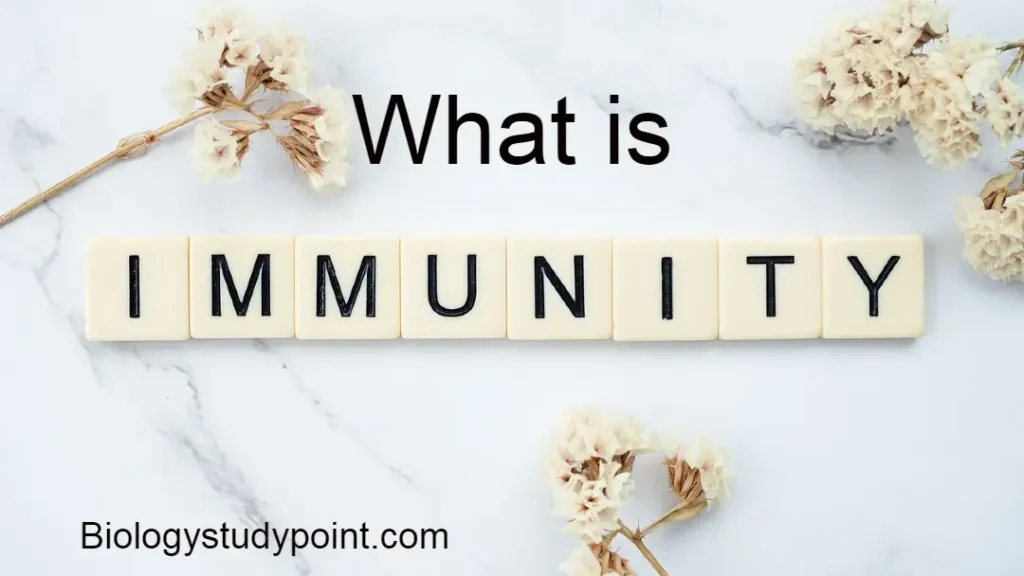
Lymphoid Stem Cell
This cell divides and transforms into a lymphocyte cell.
Red Blood Cells (RBC), Platelets, and White Blood Cells (Monocytes, Neutrophils, Basophils, Eosinophils, and Lymphocytes) are collectively called blood cells. These blood cells are formed in the bone marrow, and this formation process is called hematopoiesis.
Lymphoid Organ
This lymphoid organ is divided into two categories:
- Primary Lymphoid Organ
- Secondary Lymphoid Organ
What is the primary lymphoid organ?
The lymphoid organs where lymphocytes are formed and matured are called primary lymphoid organs. There are two primary lymphoid organs found in our body:
- Bone marrow
- Thymus gland
Bone marrow
All lymphocytes are formed here, but not all of them mature here. Some lymphocytes migrate from here to the thymus gland to mature, while others mature in the bone marrow. Therefore, both bone marrow and thymus gland are considered primary lymphoid organs. The lymphocytes formed in the bone marrow and mature there are called B-lymphocytes.
Thymus Gland
This gland is located above the heart and below the sternum. It is relatively large at birth but shrinks as age increases. The lymphocytes that mature in the thymus gland are called T-lymphocytes.
What is a secondary lymphoid organ?
When mature lymphocytes settle in other body parts and recognize incoming antigens, the lymphoid organs are termed secondary lymphoid organs.
What are the secondary lymphoid organs?
The secondary lymphoid organs include paired patches of the spleen, lymph nodes, tonsils, and small intestine.
Spleen
The spleen is a bean-shaped organ that appears purple. It is situated between the diaphragm and fundus. The spleen is often called the “graveyard of RBCs” and the “blood bank.” This means that when red blood cells (RBCs) die, they float in the bloodstream until they reach the spleen, where they are consumed. Basophil cells, which transform into macrophages, consume the dead RBCs.
Macrophages are of two types: those circulating in the blood and those collecting in organs such as the liver (Kupffer cells) and bones (osteoclasts).
Why is the spleen called a blood bank?
The spleen stores excess RBCs when more is produced than needed in the body, hence its designation as a “blood bank.“
Let’s discuss how the spleen functions as a secondary lymphoid organ. When foreign antigens or microorganisms enter the body and reach the bloodstream, mature lymphocytes present in the spleen recognize and respond to them. Phagocytic cells within the spleen also ingest and destroy these microorganisms. Thus, the spleen is a secondary lymphoid organ because it receives mature lymphocytes.
Lymph nodes
Lymph nodes are small solid structures located throughout the lymphatic duct. They contain lymphocytes and phagocytic cells. Lymph nodes serve as sites where lymphocytes and phagocytic cells work together to combat antigens or microorganisms in the lymph fluid.
MALT (Mucosa Associated Lymphoid Tissue) –
The mucosa-associated lymphoid tissue is found in the innermost layer of the small intestine, known as the mucosa. It consists of paired patches of lymphatic tissue. MALT accounts for about 50% of the lymphatic tissue in the body.
How many types of immunity are there?
There are two types of immunity:
- Innate immunity
- Acquired immunity
What is innate immunity?
Innate immunity refers to the immunity we possess from birth. It is nonspecific and acts as a general defence mechanism against various pathogens. Innate immunity includes physical barriers such as the skin, stomach acid (HCl), mucus in the digestive tract and nasal passages, and enzymes like lysozyme in saliva and tears.
There are four types of innate immunity:
- Physical barrier
- Physiological barrier
- Cellular barrier
- Cytokine barrier
What is acquired immunity?
Acquired immunity develops after birth. It is specific and targets particular pathogens. Acquired immunity is characterized by its memory, meaning it can remember and respond to particular pathogens upon subsequent encounters.
Acquired immunity is mediated by lymphocytes, specifically B lymphocytes and T lymphocytes.
B lymphocytes, which mature in the bone marrow, produce antibodies. Upon encountering a pathogen, B lymphocytes differentiate into plasma B cells, which produce antibodies, and memory B cells, which retain information about the pathogen for future encounters.
T lymphocytes mature in the thymus gland and are responsible for cell-mediated immunity. There are four types of T lymphocytes: T helper cells (TH), T killer cells (TK), T suppressor cells (TS), and T memory cells (TM).
T helper cells stimulate plasma B cells to produce antibodies. When a person is vaccinated, inactive pathogens in the vaccine prompt the immune system to produce antibodies. Memory cells retain information about the pathogen for future encounters, enabling a quicker and more effective immune response upon subsequent exposure.
What is an antibody?
Antibodies are proteins produced by B lymphocytes in response to pathogens. They consist of four polypeptide chains: two large heavy chains and two small light chains. There are five types of antibodies: IgD, IgE, IgM, IgA, and IgG.
Antibodies circulate in the blood and other body fluids. When an antibody encounters an antigen (foreign substance), it binds to it, rendering it inactive. Phagocytic cells then destroy the bound antigen.
What is an immune response?
An immune response refers to the body’s reaction to pathogens. There are two types of immune responses:
- Humoral Immune Response
- Cell-mediated immunity
What is a humoral immune response?
B lymphocytes, which circulate in body fluids, play a significant role in the humoral immune response. B lymphocytes produce antibodies to neutralize a pathogen entering the body.
What is cell-mediated immunity?
T lymphocytes, which are primarily found in organs, are involved in cell-mediated immunity. When an organ is transplanted into the body, T lymphocytes recognize and respond to it. Immunosuppressant drugs like cyclosporine-A are administered to prevent rejection of the transplanted organ by inhibiting T lymphocyte activity.
How many types of acquired immunity?
There are two types of acquired immunity:
- Active Immunity
- Passive Immunity
What is active immunity?
Active immunity is acquired when the body produces antibodies in response to a pathogen. Active immunity can be natural or artificial.
Natural active immunity occurs when the body produces antibodies against a pathogen without vaccination.
Artificial active immunity occurs when the body produces antibodies in response to vaccination.
What is passive immunity?
Passive immunity is acquired when preformed antibodies are transferred from one individual to another. Passive immunity can be natural or artificial.
Natural passive immunity occurs when a baby receives IgA antibodies from its mother’s breast milk or IgG antibodies from the mother through the placenta during fetal development.
Artificial passive immunity occurs when antibodies are injected into an individual to provide immediate protection against a specific pathogen.
Artificial passive immunity occurs when antibodies are injected into an individual to provide immediate protection against a specific pathogen. For example, tetanus antitoxin is administered to neutralize tetanus toxins in case of injury.
Why was the clotting factor removed from the horse’s blood when preparing serum for passive immunity?
When blood from one species is introduced into another, it can trigger a clotting response, potentially leading to serious complications or death. Removing the clotting factor, known as serum, only the antibodies are retained, making the blood safe for human administration.
Example – Anti Tetanus Serum
In summary, the immune system comprises innate and acquired immunity, each with mechanisms for protecting the body against pathogens. Understanding these mechanisms is crucial for developing effective strategies to prevent and treat diseases.
conclusion
Friends, I hope you enjoyed this article’s information about immunity. It must have been helpful. Share it with your friends and on Facebook WhatsAandups if you enjoyed it.
Thank you
